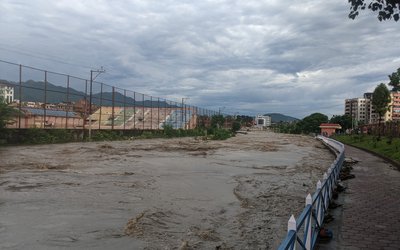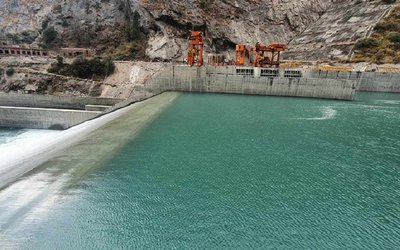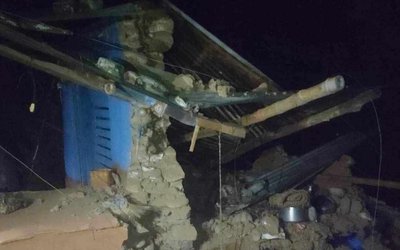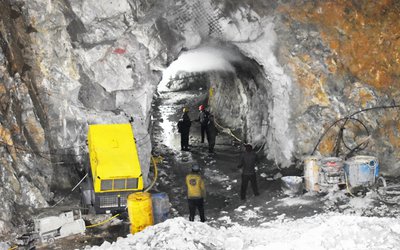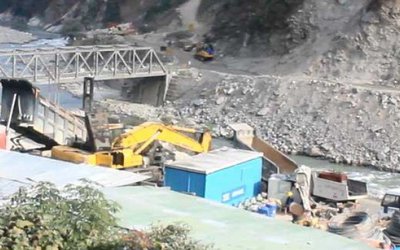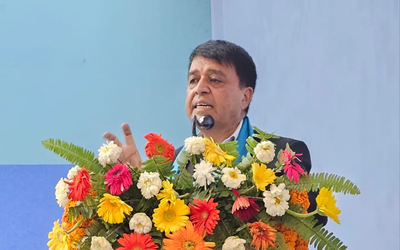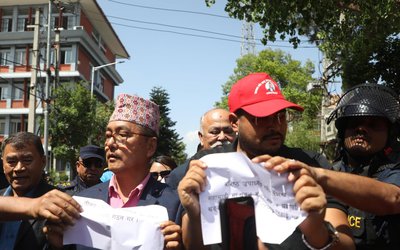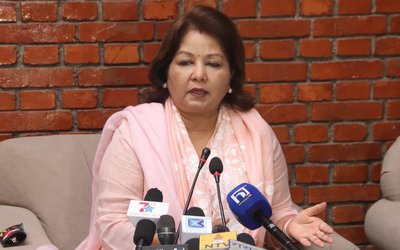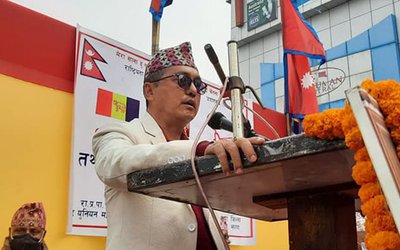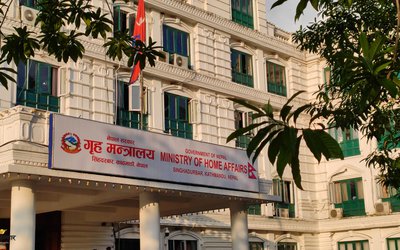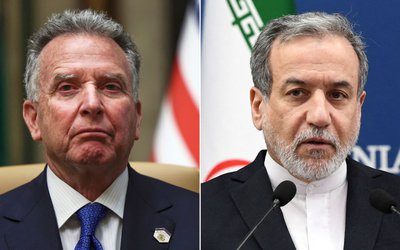
Supplying almost 30 percent of energy to Nepal, India is a key player in Nepal’s energy supply. Although the team headed by MD Kul Man Ghising used all skills to convince Indian authorities about the current tariff rates, Nepal will have to accommodate the views in the long run as the Indian authorities have proposed to increase current tariff rate by 20 percent.
According to the proposal, India wants to raise 15-20 percent tariff to the electricity supplied to Nepal through 11, 33 and 132 kV.
India proposed the tariff increase during Nepal India Power Exchange Committee meeting held on 5 July and 6 in New Delhi. Nepal discussed the revised price for the electricity imported from India. Nepal Electricity Authority MD Ghising rejected the proposal. Nepali delegation was headed by Ghising and Prakash Maske, the board member was of Central Electricity Authority of India.
MD Ghising took a strong stand saying that NEA is not in a position to purchase the electricity in high prices. However, both side agreed to review the tariff in the coming meeting which will be held within three months.
The NEA imports electricity from India via 132 kV, 33 kV and 11 kV transmission lines. It pays INR 5.55 (Nepali Rupees 8.88) per unit for importing power over 132 kV transmission lines, and INR 6 (Rs.9.6) and INR 6.45 (Rs.10.32) per unit over 33 kV and 11 kV lines respectively, said Prabal Adhikari, NEA Spokesperson.
However, Nepal is paying Indian Rupees 3.98 (NRS 6.36) through the electricity imported from Dhalkebar- Mujaffarpur cross border transmission line. Nepal is also receiving 70 million units of electricity from Tanakpur under Mahakali treaty. For this power, NEA pays 4.75 per unit to Nepal government.
Regarding the funding and modalities of implementing the 400 kV New Butwal-Gorakhpur Cross-Border Transmission Line Project, both parties agreed to discuss it at another meeting within a month.
“We have held discussions on how much electricity will be supplied and in which season it will be done to each other’s country,” said Prabal Adhikari, spokesperson for NEA. Adhikari had also participated in the meeting.
After studying 10 years of Energy Simulation results, Nepal will propose the model in the next meeting.
According to spokesperson of NEA Prabal Adhikari, it will take four years to complete the construction. Since the transmission line is aimed to use to export electricity to India, the investment modality will be decided on that basis.
“The rate is already high. India increased power price by 5 percent for the last six consecutive years when there was no power exchange committee meeting. The two parties decided to discuss this proposal at its next meeting due within three months.”
NEA and CEA are positive to establish a power banking deal between Nepal and India. Power banking is a barter of electricity for electricity instead of payments. One country exports electricity to the country , it has a pact when it has surplus. It imports the same amount when it has production deficit.
“India is positive to establish such a deal. They will send us the modalities adopted by various Indian agencies that are doing energy banking at their state-levels,” said Ghising.
According to Adhikari, both parties have agreed to prepare the guidelines and modality of energy banking. Many Indian states are practicing energy banking and the meeting has assigned CEA to prepare the guidelines on energy banking in relation to the condition of Nepal and India.
“The guidelines will be prepared within six months and after that NEA and CEA will have a final discussion on it,” he added.
NEA expects Nepal’s electricity production to stand at 5,600 megawatts by fiscal 2025-26 by when domestic demand is expected to stand at 3,500 megawatts. Hence, the power utility has plans to export 2,100 megawatts of electricity to India through the energy banking concept.
Indian energy authority rejected Nepal’s proposal to construct 132 KV Dhangadhi-Paliya Transmission through Dhudhiya National Park. Nepalese authorities see this transmission line is important for the energy supply in province 7.
The fifth energy secretary-level joint steering committee meeting held between the two countries in April had informed the NEA and the CEA to give suggestions to the committee on the modalities of cross-border transmission line project within three months.
With no storage project in hand, Nepal needs firm energy supply to maintain its system. Although MD Ghising firmly took his position this meeting, India will raise the issue in the next meeting as well.
- NEPAL-THAILAND: Joint Business Council
- Apr 13, 2025
- BIMSTEC SUMMIT: Nepal’s Stand
- Apr 11, 2025
- IME GROUP: Expands Into Paper Industry
- Mar 24, 2025
- CPN UML: Instigated By India
- Mar 23, 2025
- ADB’S CHIEF ECONOMIST: Nepal Reduces Poverty
- Mar 11, 2025
